Need evergreen container shrub - my hollies all died - help
jenswrens
6 years ago
Featured Answer
Sort by:Oldest
Comments (30)
jenswrens
6 years agolast modified: 6 years agoRelated Discussions
Any suggestions for evergreen focal shrub for by a staircase?
Comments (2)Consider "Chuck Hayes" Gardenia. A man in Philadelphia had one that he was asking for pruning instructions on because it had grown to be 5 feet tall in 3 years and was getting really big. They are evergreen and love shade, especailly in the afternoon. They can bloom off and on all summer, but they really bloom in the spring and fall. As far as smell, well, it's a gardenia, a double flower. Only the "Chuck Hayes" blooms like that and is cold hardy to your zone. Just don't drown it....See MoreNeed small edible evergreen shrub or tree
Comments (9)Depending on what size you are looking for there is the strawberry tree, an evergreen dogwood, and Bay trees which can be containerized or pruned smallish. For something bushy but smaller there are the Elaeangus; ebbingei and pungens are evergreen, tea plants, a few huckleberries, and barberry. For something smaller there are many ground covers with varying degress of edibility, like the official Heather (tea and medicinal), wintergreen, kinnikinnik, cranberries, Salal, Oregon grape, and several herbs like sage, thyme, and lavender. Hope this helps, researching edibles is nearly all I have been doing in the last few weeks, or has it been months now...yeesh! For a reference online I have been using the Plants for a Future Database (you can google it) to help determine edibility and cultivation etc. Check out Burnt Ridge Nursery, and One Green World for these plants. I really like Burnt Ridge Nursery's prices, plants, service, and variety of edibles. I have not ordered from One Green World yet but they are the only place I have found some of these plants listed and sold as edibles :)...See MoreEvergreen shade shrub
Comments (6)My two recommendations, based on my own experience only (in Austin), would be ligustrum or boxwood. Although these are both "part sun" plants, mine live in basically full-shade conditions (the shade is from cedar elm and ash juniper, so it is not the dark shade like from large oak trees). The boxwood grows very slowly in these conditions, but stays green and healthy-looking. The ligustrum can get a little leggy, but if you prune in the spring it will fill out within the year. Ed....See MoreEvergreen shrub suggestions needed
Comments (17)There are many zone 4 and 5 boxwood cultivars. You just have to place them out of winter wind and they are fine. Cryptomeria will not work anywhere in WI unless you truly have a unique microclimate alongside the lake. Even then not a risk I'd take for a foundation planting. I tried one as it was a free gift. Microclimate up against a structure and it died after one of the warmest winters on record for WI. I saw a dwarf cultivar of some sort sandwiched between other conifers at the Chicago Botanical that looked somewhat beat up and they are zone 6A....See Moregardengal48 (PNW Z8/9)
6 years agomad_gallica (z5 Eastern NY)
6 years agogardengal48 (PNW Z8/9)
6 years agoNHBabs z4b-5a NH
6 years agofloral_uk z.8/9 SW UK
6 years agoDave in NoVA • N. Virginia • zone 7A
6 years agolast modified: 6 years agojenswrens thanked Dave in NoVA • N. Virginia • zone 7Ajenswrens
6 years agolast modified: 6 years agojenswrens
6 years agolast modified: 6 years agomad_gallica (z5 Eastern NY)
6 years agojenswrens
6 years agolast modified: 6 years agoctgardenguy (Zone 6)
6 years agojenswrens
6 years agolast modified: 6 years agoken_adrian Adrian MI cold Z5
6 years agofloral_uk z.8/9 SW UK
6 years agojenswrens
6 years agolast modified: 6 years agofloral_uk z.8/9 SW UK
6 years agojenswrens
6 years agojenswrens
6 years ago
Related Stories
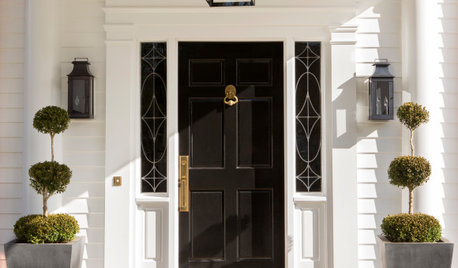
GARDENING GUIDESTop Cold-Hardy Evergreens for Container Gardens
These tough beauties look good year-round and add consistency to container arrangements
Full Story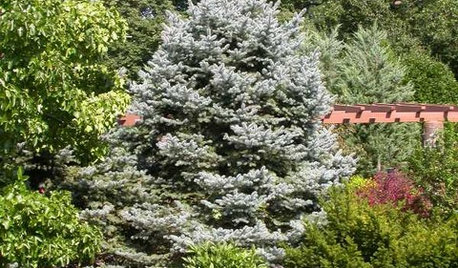
LANDSCAPE DESIGN10 Evergreens for Beautiful Foliage All Year
Give your landscape consistent color and structure with the emeralds, chartreuses and blues of evergreen trees and shrubs
Full Story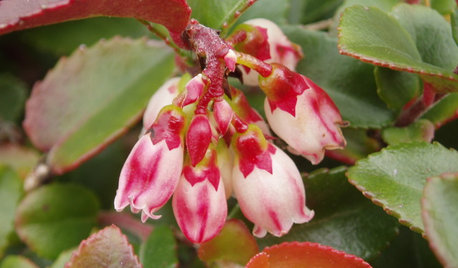
GARDENING GUIDESGreat Design Plant: Evergreen Huckleberry Appeals All Year
Spring flowers and summer berries are only half the story with Vaccinium ovatum, a versatile Pacific Northwest native plant
Full Story
GARDENING GUIDES8 Deer-Resistant Elegant Evergreen Shrubs to Plant This Fall
Who knew that such beautiful shrubs could be deer-resistant?
Full Story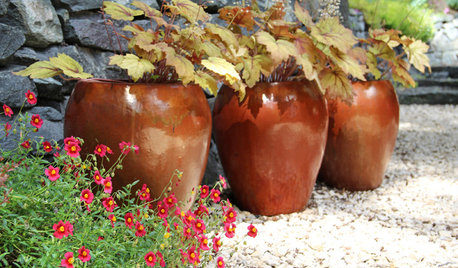
FALL GARDENING12 Easy-Care All-Foliage Container Gardens for Fall
Bold colors, rich textures and dynamic plant combinations embrace fall and transition into winter
Full Story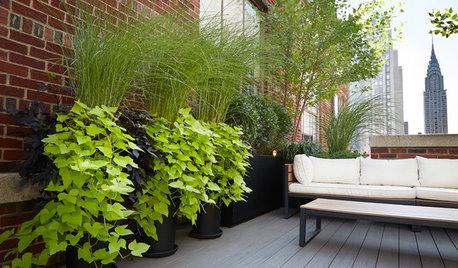
GARDENING GUIDES10 All-Foliage Container Ideas for Your Summer Garden
These long-lasting plants are easy to care for and add lushness and consistency to patio gardens
Full Story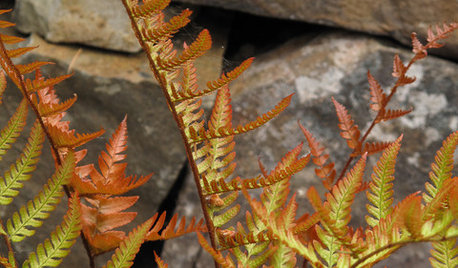
GARDENING GUIDESGreat Design Plant: Autumn Fern Adds Color All Year
Use this evergreen, easy-care fern for soft texture and coppery tints in container gardens and the landscape at large
Full Story
GARDENING GUIDES10 Drought-Tolerant Shrubs That Thrive in Full Sun and Reflected Heat
Got a hot spot in your garden where plants often die? Try these tough shrubs that add beauty while shrugging off the heat
Full Story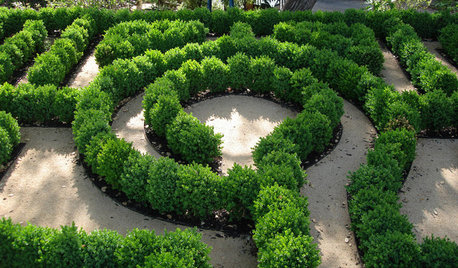
LANDSCAPE DESIGN12 Ways to Use Evergreen Boxwoods in Your Landscape
Add form to garden beds, edge walkways and create winter interest with these sophisticated shrubs
Full Story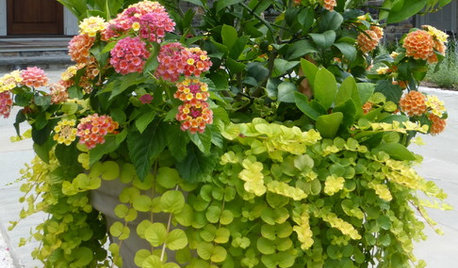
GARDENING GUIDESBlooming Container Gardens That Welcome Butterflies and Bees
Attract pollinators with one of these colorful nectar- and pollen-rich container combinations
Full Story


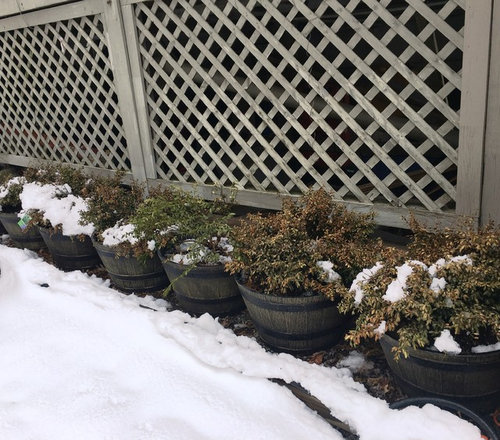
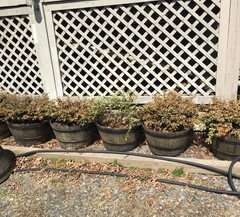
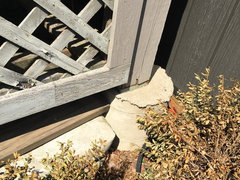
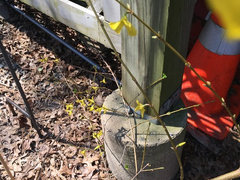


sam_md